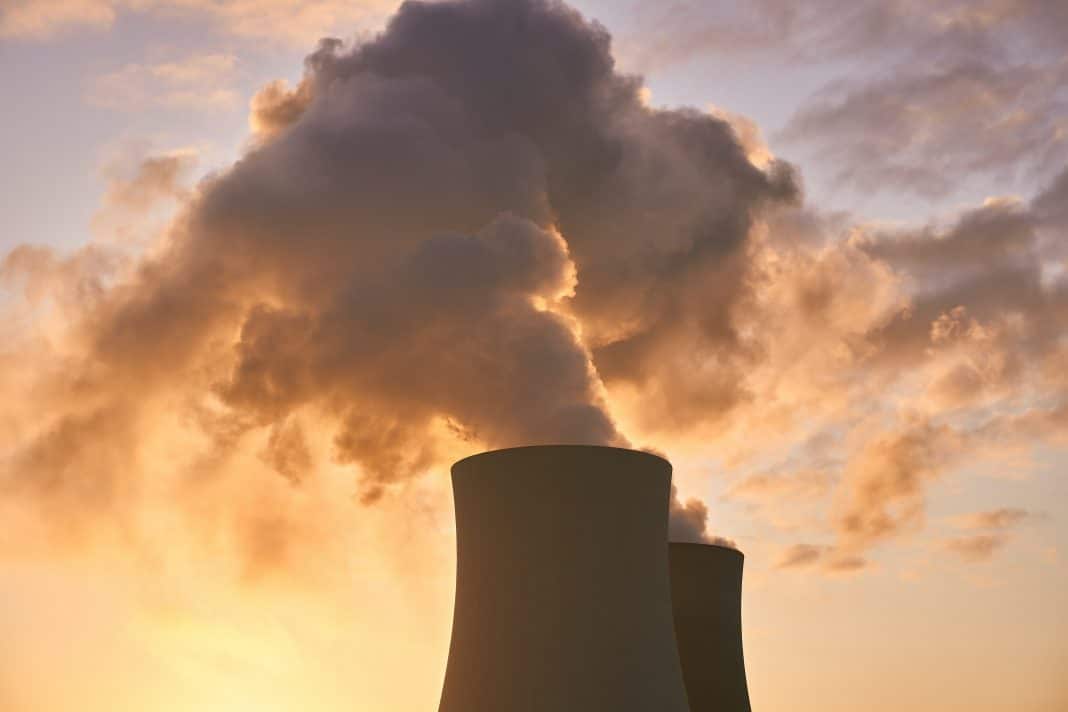To defeat climate change, multiple avenues will be explored. One such solution to our global problem is the use of carbon capture technology, or CCUS for short. However, the topic of CCUS is hotly debated between companies and climate experts who believe it is not the way forward.
What is CCUS?
CCUS aims to fight climate change by capturing emissions from known polluting processes. Captured emissions are then stored and moved to be reused or stored in areas where they will not pollute the environment.
CCUS facilities have been used for decades now, much longer than carbon pricing methods. The first facility to trap and store carbon emissions was set up in 1972. There are currently 21 large-scale CCUS facilities in the world, with another 41 in developmental stages.
Why not use CCUS?
The major problem with CCUS lies with the reliance on fossil fuels to maintain the industry. To fight climate change, the amount of carbon emissions being released must be decreased. CCUS relies on carbon emissions being continually produced to trap and store it. Rather than encouraging alternative methods of fuel, CCUS maintains fossil fuels as a primary source of fuel.
The global capacity for CCUS is about 0.1% of annual carbon emissions. Climate experts believe this number is not high enough for CCUS to be a viable strategy to combat climate change. However, one method cannot fight climate change alone. Every strategy available is needed to achieve the goals of the Paris Agreements.

